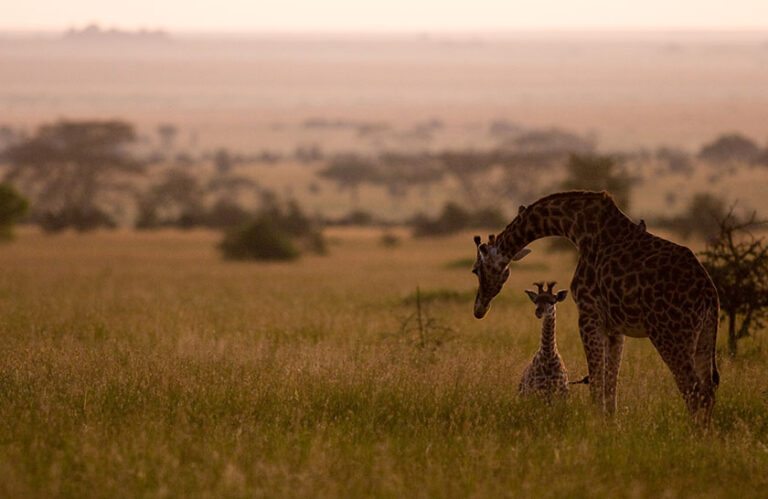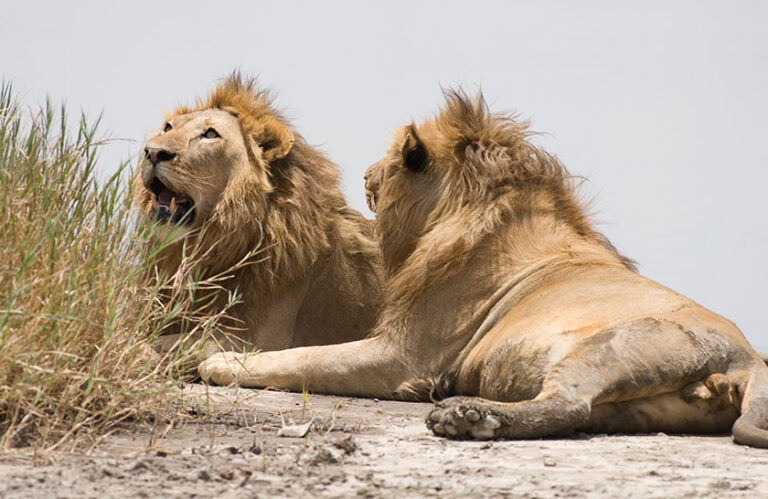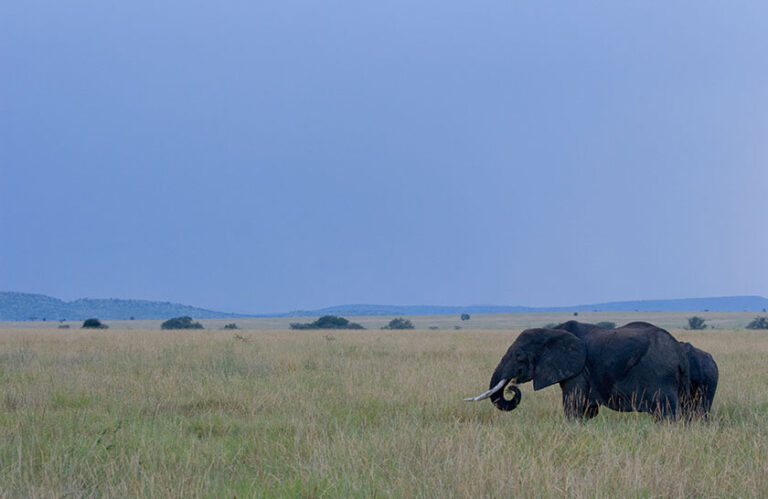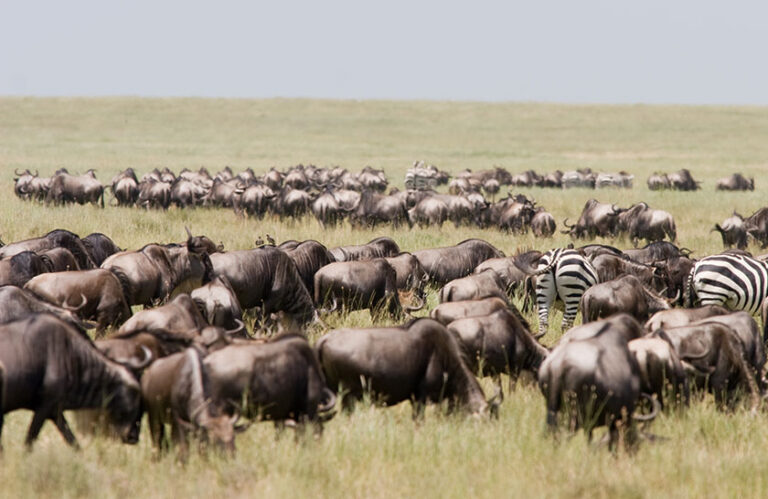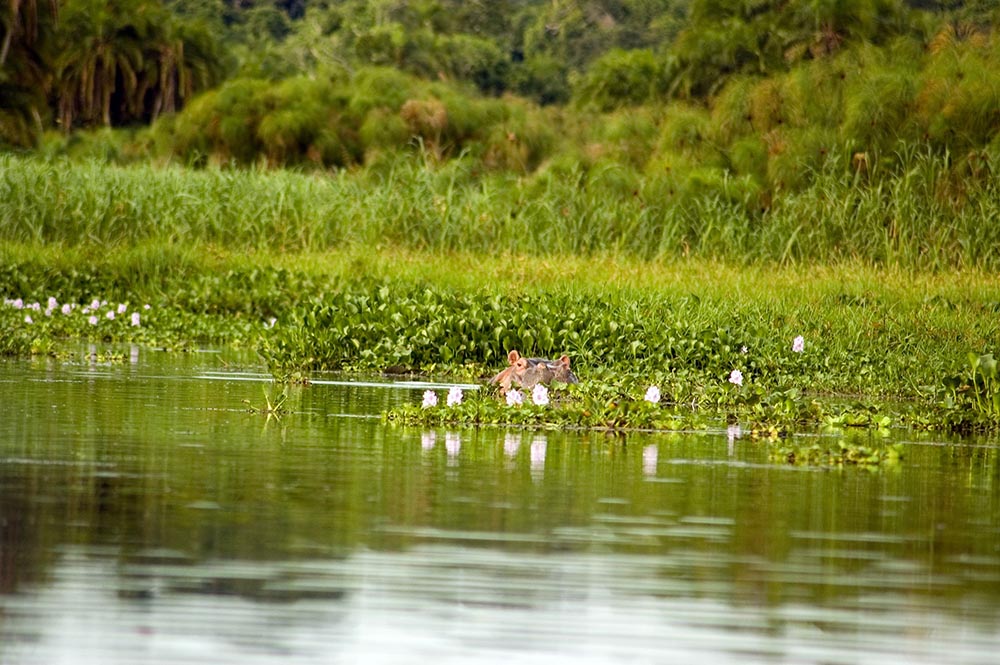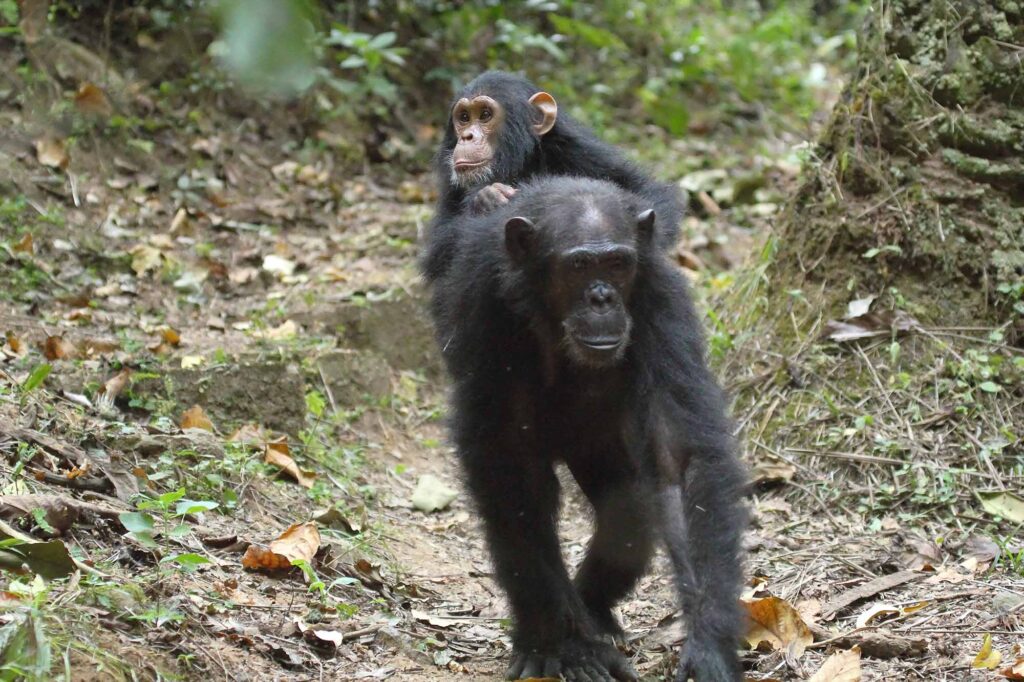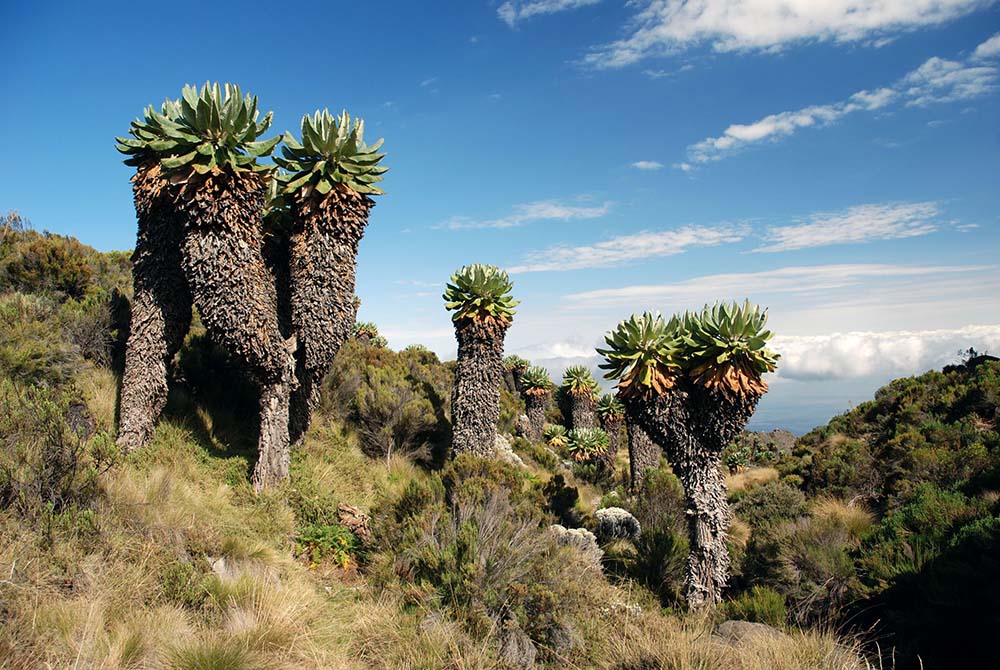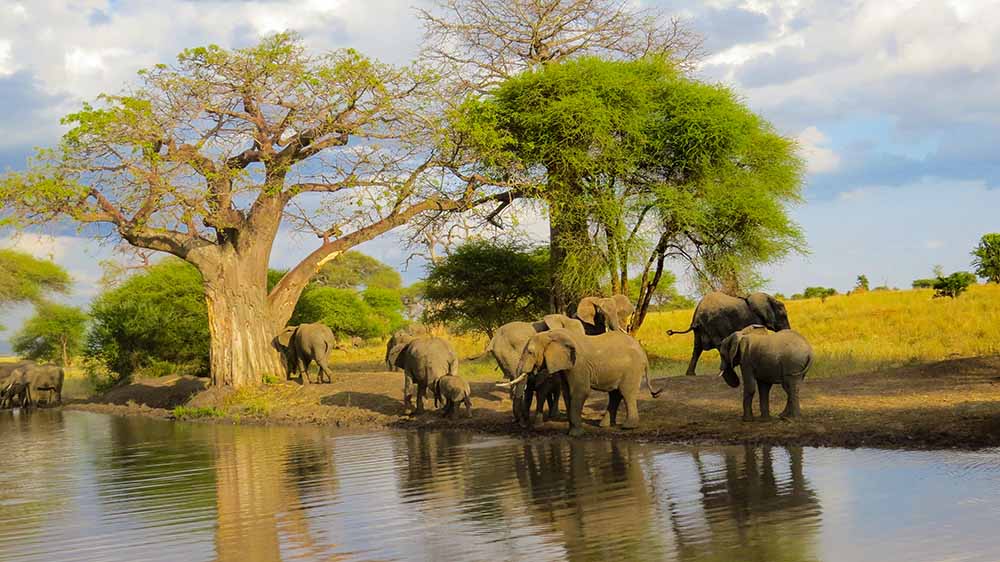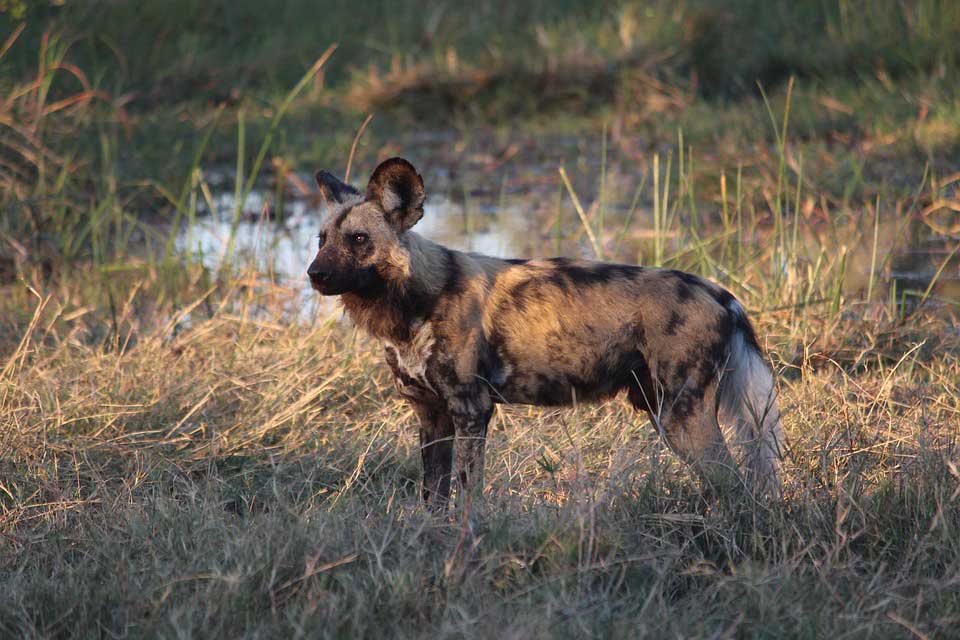Serengeti National Park
Overview
Stretching across 14,750 square kilometers of endless plains, acacia-dotted savannahs, and rocky outcrops, Serengeti National Park is the crown jewel of Tanzania’s safari circuit. Globally recognized as one of the most breathtaking wildlife reserves in Africa, the Serengeti offers an unmatched combination of diverse landscapes, abundant wildlife, and raw natural drama. Its name is derived from the Maasai word “Siringet”, meaning “the land that goes on forever”—and that’s exactly what it feels like.
This UNESCO World Heritage Site is most famous for hosting the Great Wildebeest Migration, an awe-inspiring movement of over 1.5 million wildebeest, zebras, and gazelles across the plains in search of fresh grazing. But the Serengeti is far more than the migration. It is home to Africa’s Big Five, dozens of predator species, and one of the most complex and ancient ecosystems on the planet. Whether you’re visiting for the first time or returning for a deeper exploration, Serengeti’s beauty, scale, and rhythm of life leave a lasting impression.
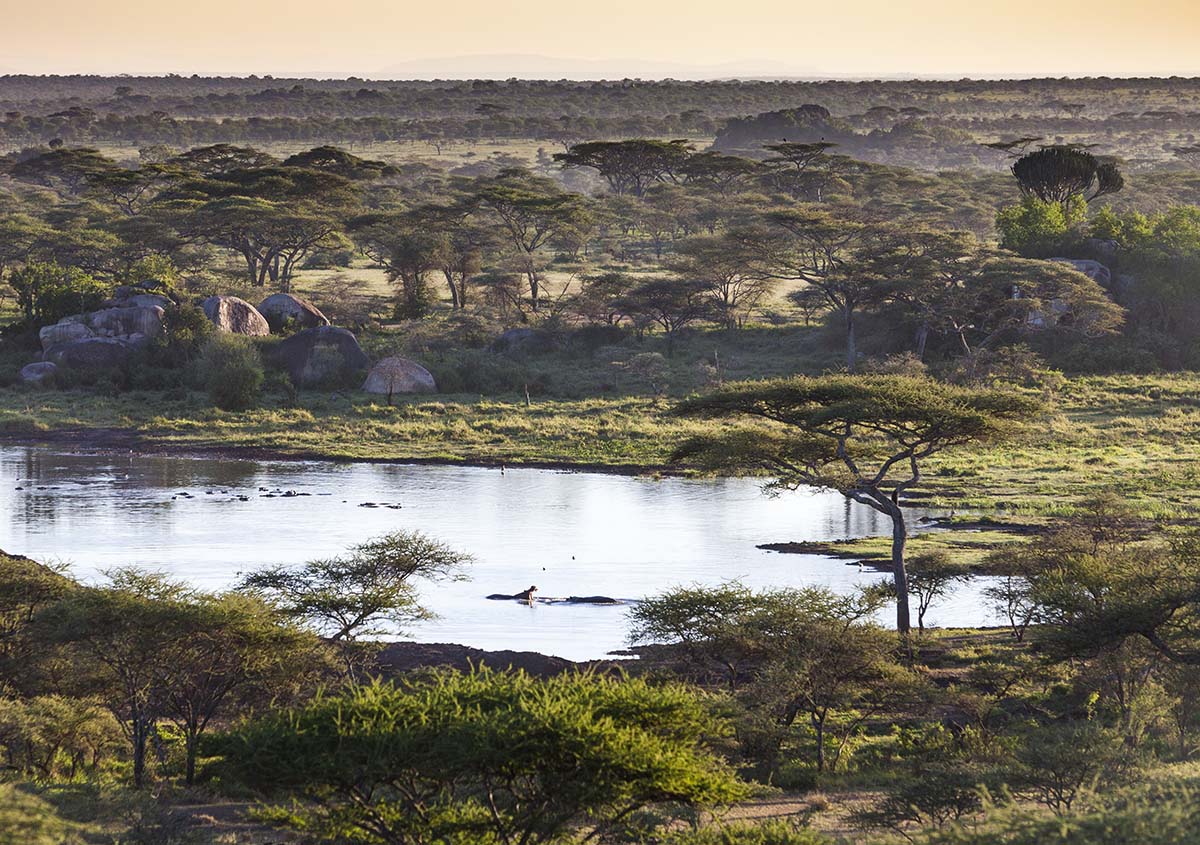
Park Highlights
The Great Migration: Witness the dramatic cycle of survival as wildebeest, zebras, and gazelles move between Tanzania and Kenya each year.
Predator capital of Africa: Serengeti hosts large populations of lions, cheetahs, leopards, and hyenas, offering thrilling predator-prey encounters.
Diverse habitats: From open plains to woodlands, riverine forests, and granite kopjes, each ecosystem supports different species and scenic backdrops.
Hot air balloon safaris: Drift silently over the plains at sunrise and observe wildlife from a truly unforgettable aerial perspective.
Big Five game viewing: Serengeti is home to elephants, lions, leopards, buffaloes, and black rhinos (found mostly in the western or northern areas).
Birdlife paradise: With over 500 bird species, including ostriches, vultures, and colorful rollers, it’s also a birdwatcher’s dream.
Cultural gateway: Visit nearby Maasai communities or explore the Olduvai Gorge, one of the most important paleoanthropological sites in the world.
Activities in Serengeti
- Game drives: Morning and afternoon drives offer excellent opportunities to spot the Big Five, predators, and herds of plains game.
- Full-day safaris: Ideal for covering more ground and reaching remote areas like the Grumeti River, Moru Kopjes, or Lobo Hills.
- Hot air ballooning: Available in the central and northern Serengeti, this unique experience ends with a champagne bush breakfast.
- Walking safaris: In private concessions or buffer zones, guided walks offer a closer connection to the land and smaller wildlife.
- Cultural excursions: Add visits to Maasai villages or Olduvai Gorge for a blend of history, archaeology, and indigenous heritage.
Best Time to Visit
Serengeti is a year-round destination, but the experience varies by season and migration movement:
June to October (Dry Season): Best for general wildlife viewing and river crossings during the Great Migration in the north (July–September).
December to March (Calving Season): In the southern Serengeti/Ndutu area, wildebeest give birth, attracting predators—this is ideal for dramatic wildlife action.
April to May (Green Season): Lush landscapes, fewer tourists, and excellent birdwatching. Some lodges may offer reduced rates during this time.
November (Short Rains): Wildlife remains plentiful, and the park transitions into a fresh green setting without major migration crowds.


